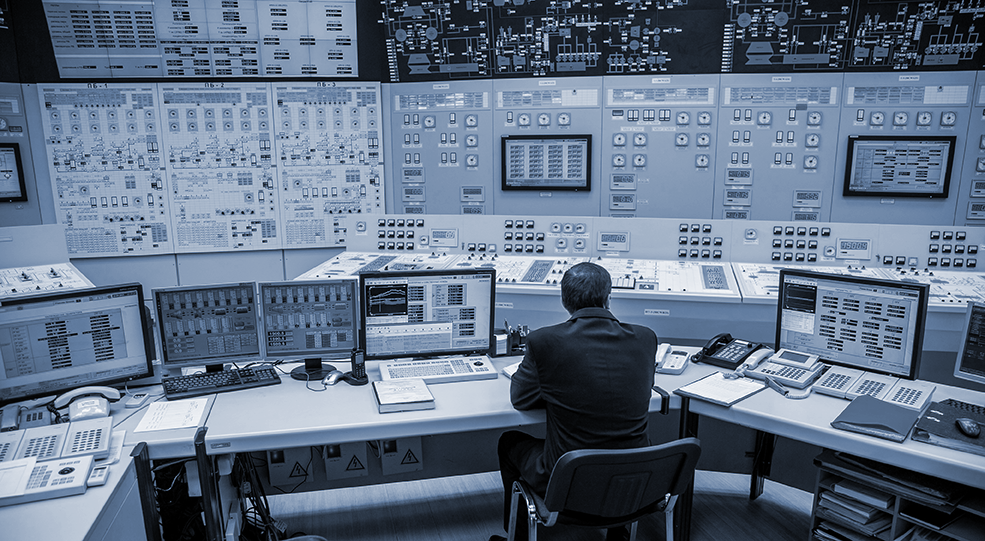Technical assistance for design deviations
BACKGROUND
A relevant aspect of the design of nuclear plants is the civil and structural design, which must guarantee the integrity and durability following very strict safety criteria. During the construction, deviations may appear in the design either because it is not fully valid under the conditions at the site or because unforeseen events, incompatibilities or failures have occurred during the construction.
With the aim of reducing the cost that would entail having to discard deviations, the focus is to analyse these to find a viable solution that follows the same design criteria that were already approved by the nuclear regulatory agency that certifies the plant model, as well as by the NRC (Nuclear Regulatory Commission). The purpose will be to maintain the same structural safety guarantees so the nuclear load is in a space that is protected against accidents or natural disasters such as earthquakes or hurricanes.
RESULTS
The resulting information is specified in the necessary documentation to carry out a repair or change the design along with the necessary technical justification. In other words, detailed drawings, installation specifications and technical documents that include all the analyses that are used to justify the viability of the deviations. The work may be multidisciplinary and therefore must involve all teams in the issuance of results or at least identify any impact the design may have on another structure or discipline.
EXPERIENCE
Since 2015, SOLUTE has been participating in the construction of a commercial nuclear plant providing technical assistance on site at the shield building that surrounds the containment building; in other words, the structural element that contains the nuclear reactor and other structural components such as the electrical support structures. Engineers from SOLUTE provide solutions after receiving technical incidents from the site and justify its viability with specific calculations and subsequent technical documentation.
These guides are generally supported by nuclear regulations and standards that specify the methodology for analysis (ACI, ANSI - AISC N690, AISI, AWS…).
METHODOLOGY
When designing a commercial plant, it must have been previously certified by the competent national nuclear regulatory agency. Any deviation from the design during the construction cannot undergo the required inspections, so creating a communication system between the construction site and the engineers responsible for the different disciplines or structures is normally established to evaluate, case by case, a design solution for subsequently issuing the technical documentation that justifies it. This way we are able to implement a valid design change or an official approval of the specific non-conformity of the plant site.
Plant models have design guides that had to be approved, either of concrete or steel structures, and which are the basis of the design. Also, these guides are generally supported by nuclear regulations and standards that specify the methodology for analysis (ACI, ANSI - AISC N690, AISI, AWS…). When evaluating a design deviation, first we must review the inputs, drawings and 3D model as well as all the most recent technical justification of what is being modified. The competent engineer must find a solution that is compliant with the technical requirements set out in the guides and regulation while also considering the impact on other structures or disciplines of the plant and communicate these if applicable.
The same thing will occur in the opposite direction. It may occur that the modification of structural components impacts the structure and in this case, we must justify that the existing design supports such modification.
The structural calculation is carried out through the Finite Elements models using commercial tools such as GTSTRUDL and ANSYS, with static and dynamic analyses. The load cases must take the dead load and the operating conditions of the plant into account (thermal load, hydrostatic pressures, etc.), installation conditions and also, accidents as well as natural disasters such as earthquakes. Seismic forces are obtained from the finite elements three-dimensional models response spectrum analysis of the entire nuclear plant. The finite elements analysis is supplemented with more refined local analytical calculations, following the specific codes and standards.
Wind
Intelligent building and smart control of energy consumption
Improvement in the efficiency of buildings to implement automation strategies with the aim of carrying out an intelligent and efficient energy demand management.
Wind
Structural components´ fatigue analysis
Evaluation of elements subjected to cyclic loads of varying magnitudes to assess whether they can survive without collapse for a specified time.
